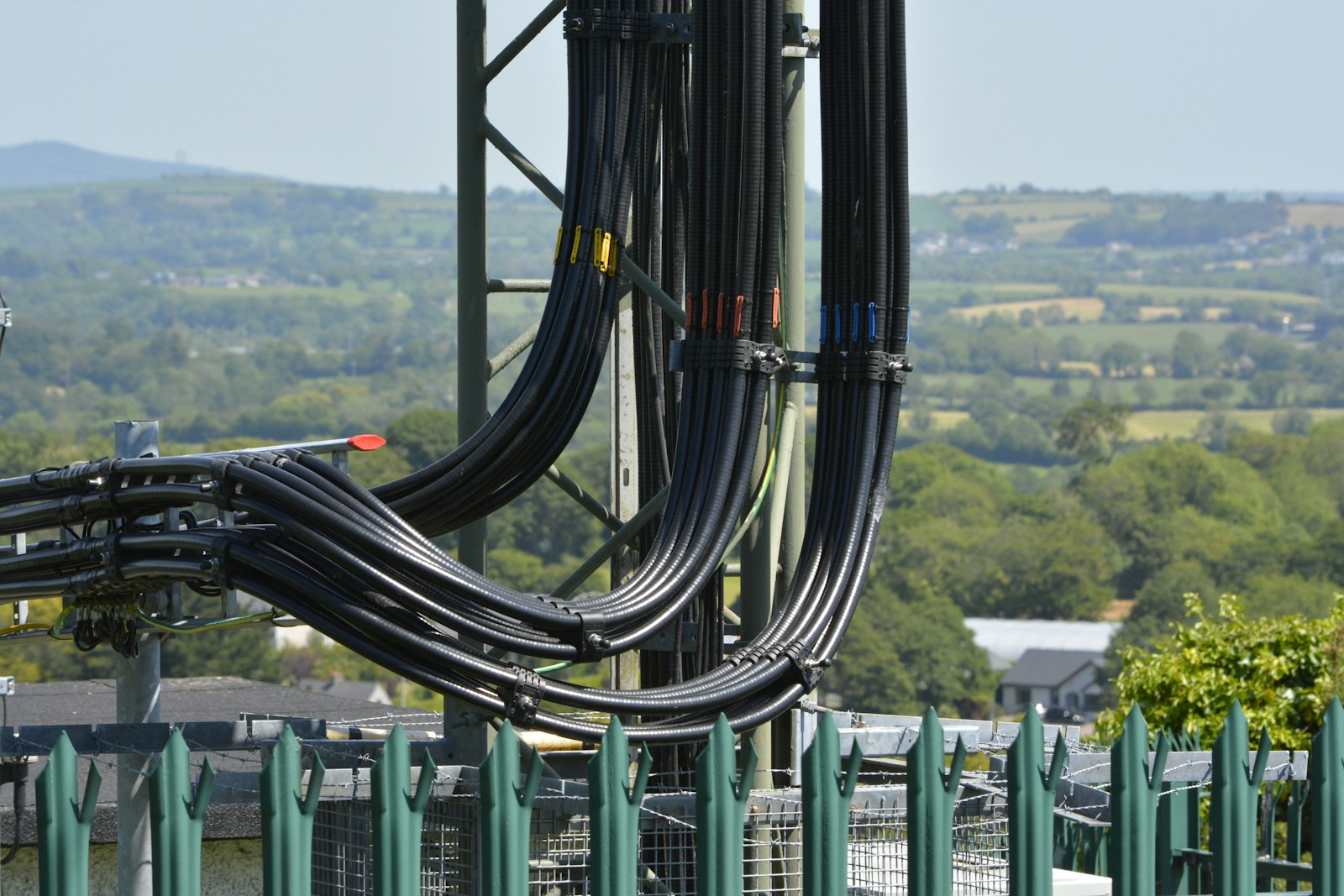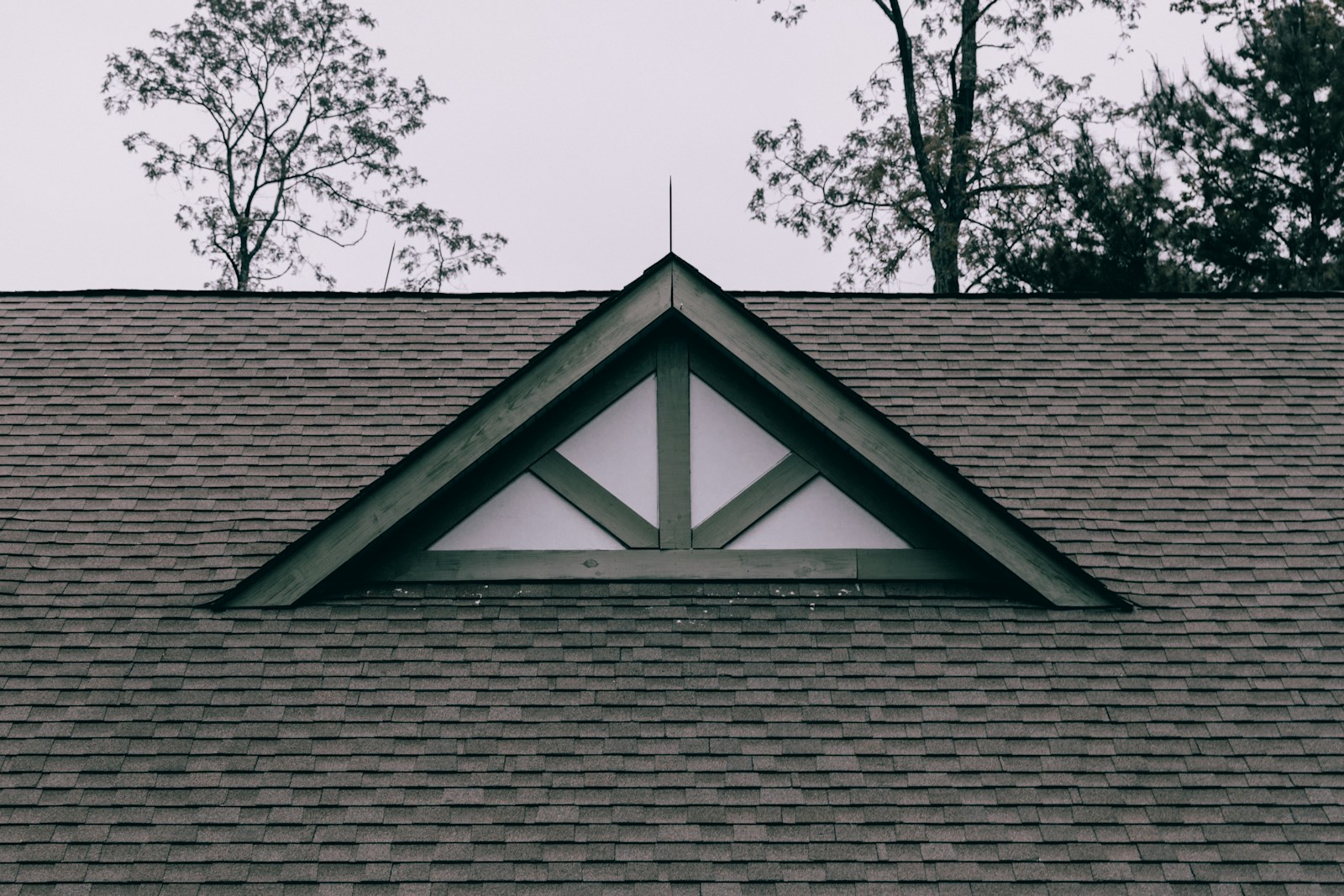Radio Frequency (RF) cables are essential components in many electronic systems, including telecommunications, broadcasting, radar, satellite communications, and even everyday home devices like televisions and Wi-Fi routers. Choosing the right RF cable is critical to ensuring optimal performance and signal integrity. Before purchasing RF cables, it’s important to consider several technical and practical factors that can significantly impact functionality, durability, and cost-effectiveness. Make sure it is a respected rf cables assemblies that you buy from.
1. Understand the Application
The first step before buying an RF cable is to understand its intended application. Different uses require different specifications. For example, RF cables for high-frequency satellite systems need to support greater bandwidths and have low signal loss, while a coaxial cable for a home television may not require such high performance. Knowing whether the cable will be used for indoor or outdoor applications, for transmitting high or low power, or for permanent or temporary installation can help narrow down the right options.
2. Frequency Range
RF cables are designed to operate within specific frequency ranges. Choosing a cable that does not support the required frequency range can lead to signal degradation or complete failure. For instance, RG-58 cables are commonly used for frequencies up to 1 GHz, while LMR-400 cables can handle frequencies up to 6 GHz with much lower attenuation. Always check the cable’s frequency rating and ensure it matches or exceeds the needs of your equipment.
3. Cable Loss (Attenuation)
All RF cables experience some level of signal loss over distance, known as attenuation. The amount of loss depends on the type of cable, its length, and the frequency of the signal. High-frequency signals tend to suffer more loss over the same length than lower-frequency signals. To minimize this, it’s crucial to choose a low-loss cable, especially for longer runs. Manufacturers usually provide attenuation data in dB per 100 feet or meters for different frequencies, which should be considered when planning cable runs.
4. Impedance Matching
RF cables must have the correct impedance to ensure efficient signal transmission. The most common impedance values are 50 ohms and 75 ohms. Using a cable with the wrong impedance can lead to signal reflections, loss of power, and potential damage to equipment. For instance, most two-way radio systems use 50-ohm cables, while 75-ohm cables are common in television and video equipment. Ensure that the cable impedance matches the impedance of the devices it connects.
5. Connector Types
RF cables come with various connector types, including BNC, N-Type, SMA, F-Type, and TNC, among others. Compatibility between connectors on the cable and the equipment is essential. Moreover, the quality of the connectors plays a significant role in minimizing signal loss and ensuring durability. Poor-quality connectors can become loose, corrode, or break easily, leading to unreliable performance.
6. Cable Construction and Durability
The construction of an RF cable affects both its performance and lifespan. Key construction elements include the center conductor (solid or stranded), the dielectric insulator, the shielding (braided or foil), and the outer jacket. For outdoor or industrial applications, it is important to choose cables with UV-resistant and weatherproof jackets. Additionally, some environments may require flame-retardant or low-smoke materials to meet safety regulations.
7. Flexibility and Handling
Depending on the installation environment, cable flexibility may be a consideration. For fixed installations, a more rigid cable might be acceptable or even preferable. However, for portable or frequently moved equipment, a flexible cable that can endure repeated bending without degrading is necessary. There are specialized RF cables designed for high-flexibility applications, such as test labs or field communications.
8. Length and Cost Considerations
While it might be tempting to buy extra-long cables “just in case,” unnecessary length adds to cost and can lead to signal degradation. It’s better to plan cable lengths precisely and minimize excess. Also, keep in mind that higher-quality RF cables and connectors can be expensive. However, investing in the right cable will reduce maintenance costs, prevent downtime, and ensure better signal performance over time.
Selecting the right RF cable involves more than just picking one that fits. It requires a careful evaluation of the application, frequency range, attenuation, impedance, connectors, and environmental conditions. By considering these factors, users can avoid common pitfalls and ensure reliable and high-quality signal transmission. Whether for a professional communications system or a home setup, making informed choices about RF cables is essential to system performance and longevity.



